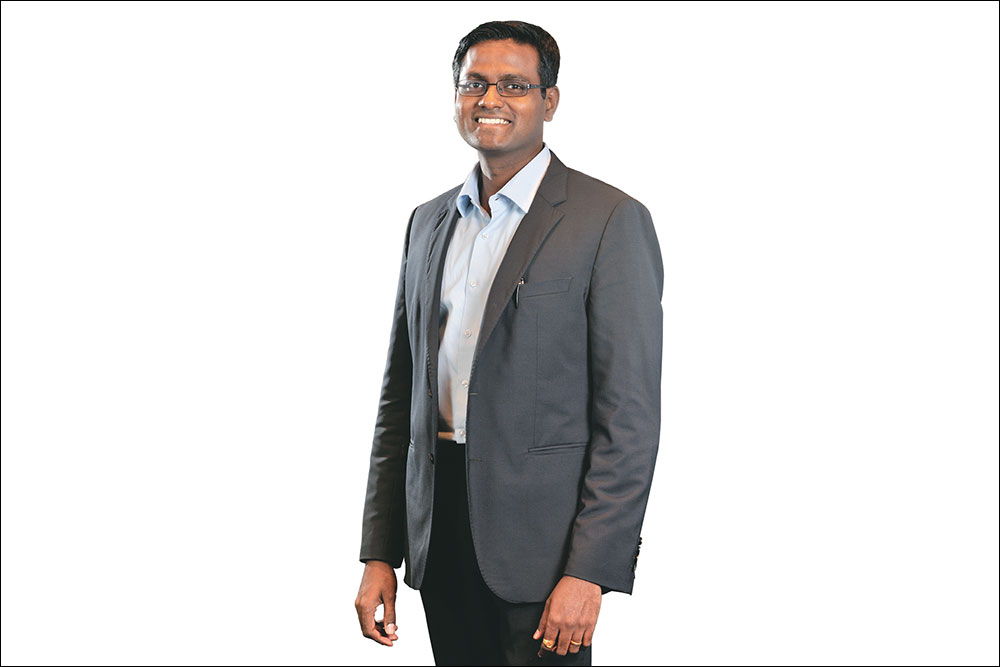Unveiled three years back, the 2011 manufacturing policy was the most aspirational piece of document the country ever produced after years of manufacturing history. So what we were looking at is manufacturing accounting for 25% share of GDP by 2022 (from 16% at that time) and 100 million additional jobs. Unfortunately, since then, not only have we not moved towards our goal, we have actually gone the other way around, with manufacturing growth slipping to near zero over the past two years. While an overall demand slowdown has been widely blamed for this slump, there are several fundamental issues that stand in the way of our achieving this ambitious goal. The purpose of this article is to highlight just two of them. The first is less talked about, and the second better known, but still deserving of a mention given the lack of change.
Fixing our weakest link — MSMEs
India Inc’s supply chain is over-dependent on MSMEs (micro, small and medium enterprises) and, considering that the sector employs over 80 million across 36 million units, and contributes 45% to industrial output, remains a vital cog in the manufacturing wheel. This overdependence by itself is not a problem. German SMEs, popularly known as the Mittelstand, have for long been driving the region’s economy and have established a name for themselves globally for innovation and efficiency.
What is problematic is the fragility of our MSMEs. The German Mittelstand companies are highly specialised and, therefore, efficient and innovative. This efficiency and innovation translates into strong competitive advantage, which then provides for a global market play and scale, with the average Mittelstand company being ₹850 crore in size. The Mittelstand also have a strong underlying contract with the workforce (recall how the German manufacturing industry laid off very few workers during the 2008 downturn in return for workers accepting lower pay). In contrast, most Indian MSMEs were not set up for efficiency in operations or technology, but more as a way of addressing labour-intensive manufacturing requirements, at a lower cost (larger OEMs with their HR processes, compliance and overheads end up having a higher wage bill). The consequence of this is that the MSMEs’ ability or incentive to build other capabilities was always constrained. And over time, the business model came to be driven only by cost arbitrage — not innovation or technology.
This MSME fragility has now been exposed. With demand slowing down and turning volatile, many MSMEs have been hit hard. Credit defaults are the highest for MSMEs amongst all credit classes — standing at 5.3% of advances for FY13.
Addressing the fragility entails some key efforts:
Fixing labour laws, driving greater compliance: Many MSMEs grew because they could execute the same manufacturing process at a lower conversion cost — driven in part by their questionable labour practices (their ability to extend shifts, manage mandatory worker benefits to the minimum). We need to, therefore, address the root cause, namely inflexible labour regulations that, in turn, hinder hiring by large companies that fear labour issues when downsizing. The other simultaneous focus should be on ensuring greater compliance to the laws that exist, to ensure that ease of non-compliance ceases to be a driver of outsourcing. These actions will ensure that OEMs develop MSMEs more for skill and not for labour cost arbitrage. The moment MSMEs get recognised for skill, their capabilities become more broad-based and business models more sustainable.
Supplier capability development — beyond technical support: Most manufacturing OEMs have supplier development cells that focus on improving the capability of their suppliers. These cells have deployed successful programmes with their suppliers. The need now is to dramatically accelerate deployment of such programmes and also expand the scope of support. MSMEs need more support and advice in managerial practices — including accounting and planning — and supporting them in improving these will help the supply chain become more efficient.
Fixing our weak physical infrastructure: Physical infrastructure today in India is by and large abysmal. Take power, for example. Many manufacturing clusters have 8-16 hours of power cuts per day, forcing them to use diesel-based power from gensets at upwards of ₹15 per unit — more expensive than the rate in several developed markets — thereby destroying any manufacturing competitiveness they may have. The irony is that efficient coal-based power plants today can generate power at a rate of ₹3-4 per unit (depending on source of coal, size of plant etc.), but are not coming up as fast as required.
Goods transport in India continues to be a huge issue. At a recent industry event, someone joked that for the size of our economy, our logistics industry is actually quite large. The audience didn’t miss the irony. We spend too much in moving our goods, not because of the volume of goods, but because of the inefficiency in movement. Average freight road speeds in India hover around 25-35 km/hour, while peer developing nations (say, China) have an average speed that is two or three times that. Port turnaround times, except at some private ports, are a huge problem again, being a multiple of turnaround times at peer ports in other developing countries.
Fixing our physical infrastructure will require multiple areas of effort. In summary, our supply chains are as strong as their weakest link — and that weakest link today is the MSME. It is in our larger interest to address this weakness both by way of company level support from dependent OEMs and by addressing root causes such as labour laws and compliance. Add to this the fact that the infrastructure in which the supply chain is located is also sub-standard, and further takes away from our competitiveness.
Our challenge has always been getting the implementation right both at a company level and at a state/central level. Valuing, and ensuring accountability in governance as against expansiveness of vision, is now more critical than ever.
These are the author’s personal views











